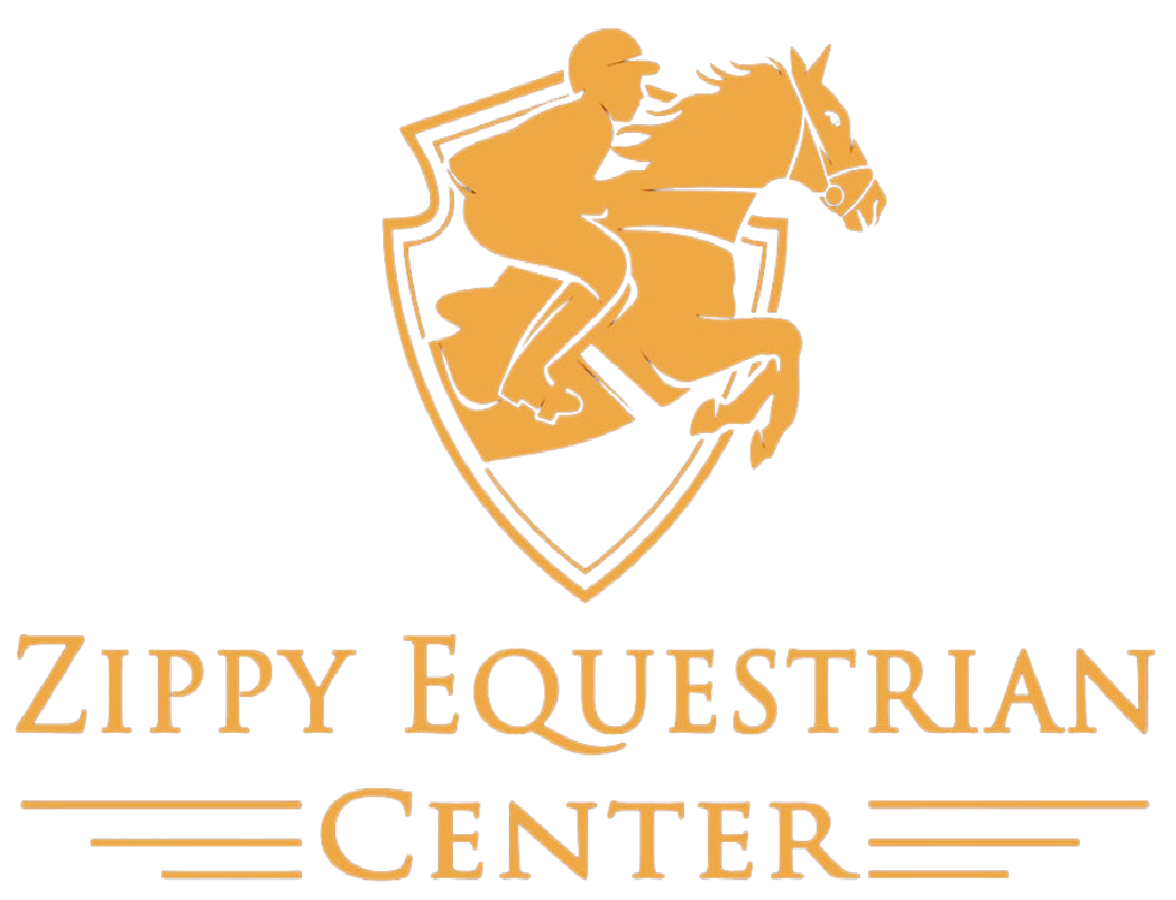
Basic Horse riding techniques
Mastering posture, balance, and control
Horse riding is an exhilarating and rewarding activity that requires skill, patience, and practice. Whether you're a beginner or looking to refine your technique, mastering the basics of posture, balance, and control is essential for a safe and enjoyable riding experience. Here, we'll explore these fundamental aspects of horseback riding and how they contribute to your overall performance in the saddle.
Posture: The Foundation of Good Riding
Proper posture is crucial for effective communication with your horse and maintaining control during your ride. When you first start taking horse riding lessons, your instructor will emphasize the importance of sitting tall and straight in the saddle. This doesn't mean you should be stiff – rather, you want to achieve a relaxed yet upright position that allows you to move with your horse.
To achieve the correct posture:
1. Sit deep in the saddle with your weight evenly distributed on both seat bones.
2. Keep your shoulders back and relaxed, with your chest open.
3. Align your ears, shoulders, hips, and heels in a straight line.
4. Look ahead between the horse's ears, not down at the ground.
Many horse riding schools around the world use various exercises to help riders develop good posture. These may include riding without stirrups or practicing on a lunge line to focus solely on your seat and position.
Balance: The Key to Stability
Balance is intrinsically linked to posture and is vital for staying in sync with your horse's movements. A well-balanced rider can easily adapt to the horse's gaits and maintain control even during unexpected situations.
To improve your balance:
1. Practice riding at different gaits (walk, trot, canter) to get used to various movements.
2. Work on your core strength through exercises both on and off the horse.
3. Learn to use your legs and seat to stabilize yourself, rather than relying on the reins for support.
Horse riding training often incorporates balance-focused exercises, such as standing in the stirrups while the horse is walking or posting without stirrups during the trot. These challenges help riders develop a deep, independent seat.
Control: Effective Communication with Your Horse
Control in horse riding doesn't mean dominating your horse; instead, it's about clear communication and mutual understanding between you and your equine partner. Good control stems from proper use of your aids – your hands, legs, seat, and voice.
To enhance your control:
1. Learn to use subtle cues with your legs and seat to guide your horse.
2. Develop soft, responsive hands that maintain a consistent, elastic contact with the horse's mouth.
3. Practice transitions between gaits and within gaits to improve your horse's responsiveness.
4. Use your voice effectively for praise and commands.
Many horse riding lessons focus on developing these skills through various exercises and drills. As you progress, you'll learn more advanced techniques for precise control and communication with your horse.
Putting It All Together
Mastering posture, balance, and control is an ongoing process that requires consistent practice and patience. As you continue your horse riding journey, you'll find that these elements become more natural and intuitive. Regular lessons with a qualified instructor are invaluable for developing and refining these skills.
For those interested in horse riding in Bangalore, there are several reputable establishments offering high-quality instruction. These schools typically provide structured programs that gradually build your skills, starting with the basics and progressing to more advanced techniques.
When searching for horse riding training in Bangalore, look for facilities that emphasize safety, proper technique, and have well-trained horses suitable for various skill levels. A good school will focus on developing a strong foundation in posture, balance, and control before moving on to more complex riding skills.
Remember that every rider's journey is unique, and progress happens at different rates. Don't be discouraged if you find certain aspects challenging – with persistence and practice, you'll continue to improve and grow as a rider.
Zippy Equestrian Center: Applying Basic Horse Riding Techniques
One notable establishment that exemplifies the importance of mastering these fundamental techniques is Zippy Equestrian Center. Located in Bangalore, this center places a strong emphasis on developing proper posture, balance, and control in riding programs.
At Zippy Equestrian Center, instructors use a combination of mounted and unmounted exercises to help riders internalize correct posture and develop a strong, balanced seat. They employ various teaching aids, such as mirrors and video analysis, to give riders visual feedback on their position and movements.
The center's approach to teaching control focuses on building a partnership between horse and rider. Through progressive exercises, students learn to communicate effectively with their mounts using subtle cues and aids. This method not only improves riding skills but also fosters a deep understanding and respect for the horse.
By prioritizing these fundamental aspects of riding, Zippy Equestrian Center ensures that its students develop a solid foundation for their equestrian journey. Whether you're a beginner just starting out or an experienced rider looking to refine your skills, mastering posture, balance, and control will significantly enhance your riding experience and performance in the saddle.




3 Comments
The Common category includes then following block: Paragraph, image, heading, lists, gallery, quote, audio, cover, video. The paragraphs block is the default block type. This is should not have any alignment of any kind. Category and then there is following blocks and many more.
The Common category includes then following block: Paragraph, image, heading, lists, gallery, quote, audio, cover, video. The paragraphs block is the default block type. This is should not have any alignment of any kind. Category and then there is following blocks and many more.
The Common category includes then following block: Paragraph, image, heading, lists, gallery, quote, audio, cover, video. The paragraphs block is the default block type. This is should not have any alignment of any kind. Category and then there is following blocks and many more.